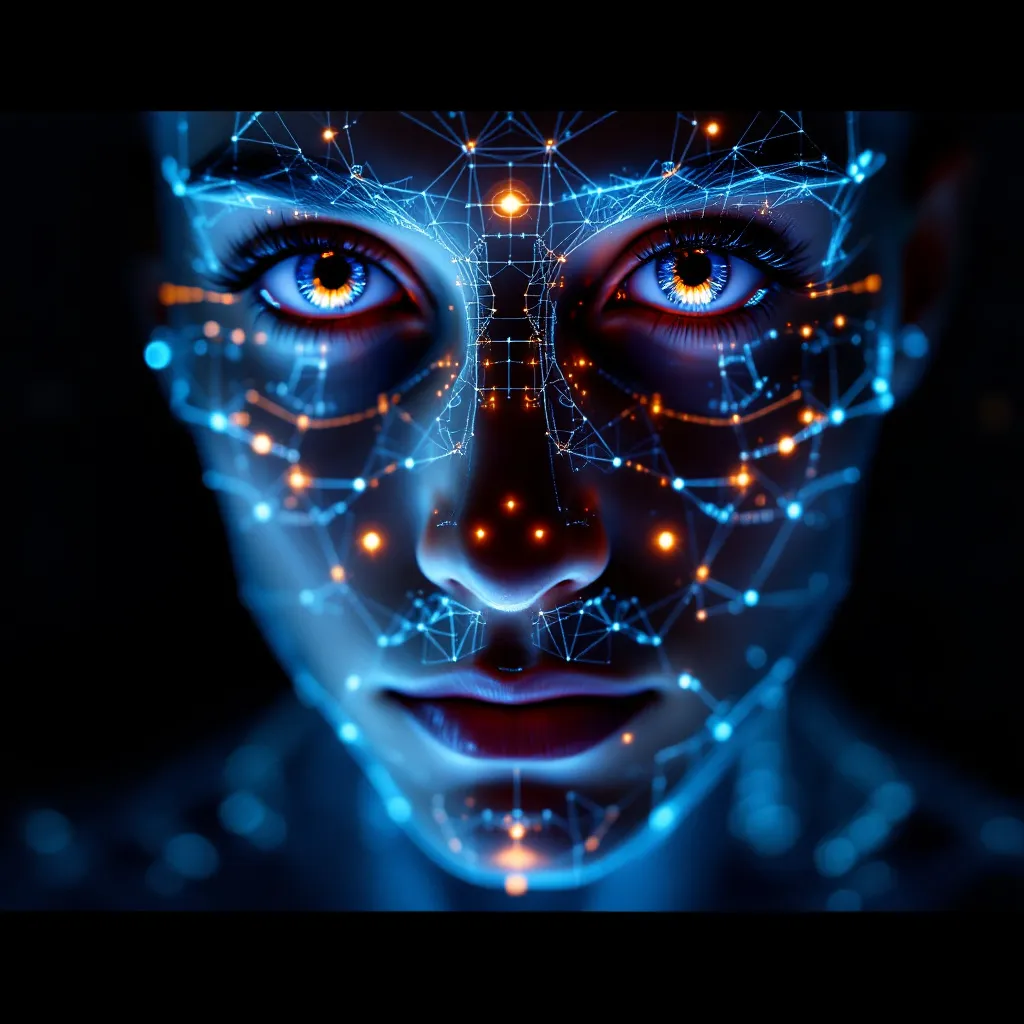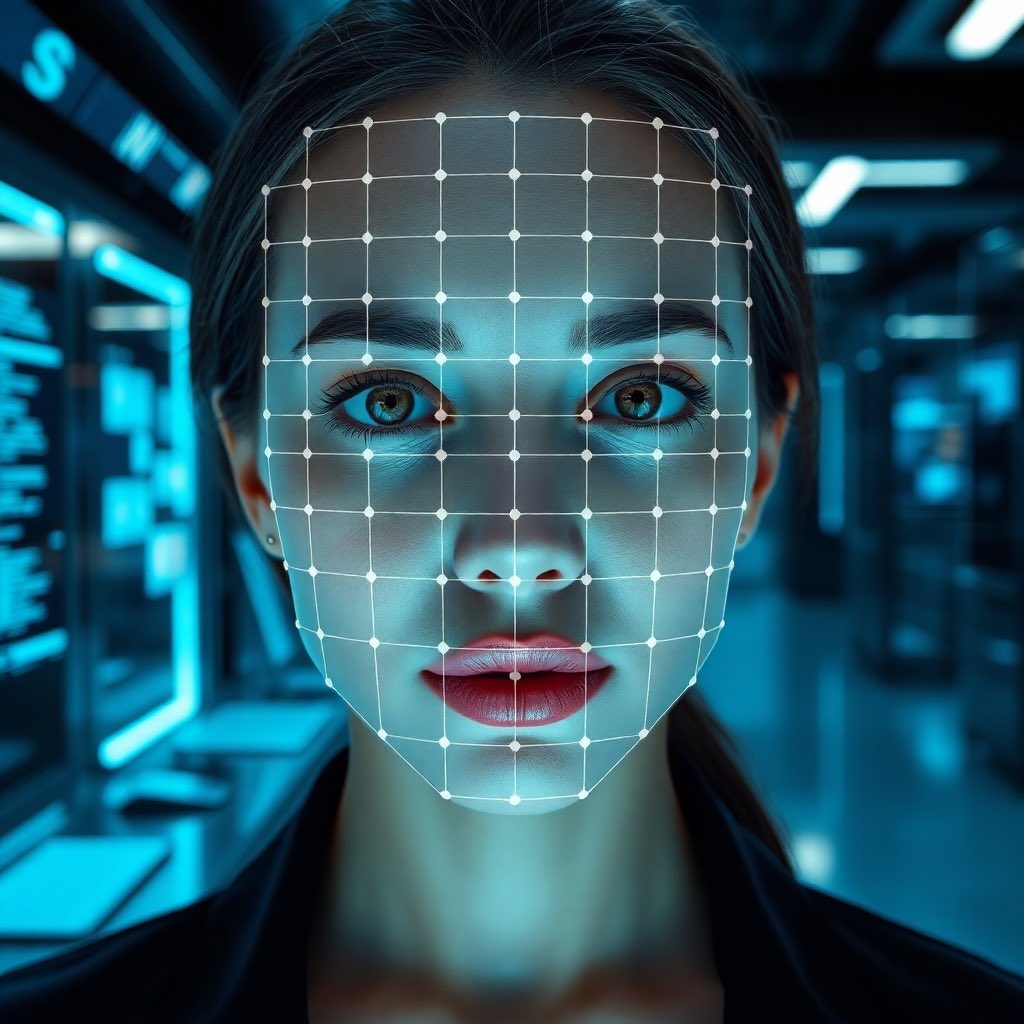In the digital age, identifying someone from a photo is no longer a futuristic concept — it's happening now, thanks to face recognition search powered by AI technology. Whether you're looking to reconnect with someone, verify a profile, or uncover the source of an image, face recognition technology is changing the way we explore the web.
What is Face Recognition Search?
At its core, face recognition search is a process that analyzes an image of a person's face and compares it to other images found online. Unlike a standard reverse image search, which can match backgrounds or colors, facial search tools focus on distinct features of the human face.
Advanced tools like FaceNox use face search AI to compare your image with millions of others on the web, helping you find someone by photo more accurately and efficiently.
Why Use Face Recognition Instead of Regular Image Search?
Regular image search engines are designed for finding visually similar pictures — landscapes, products, or memes. But when it comes to people, you need something more powerful. A dedicated face matching tool uses neural networks to detect unique facial structures and find actual matches, not just lookalikes.
This makes it the perfect solution when you want to:
- Search person by image from a screenshot or candid photo
- Identify a person from photo on social media
- Find similar faces online for curiosity or investigation
Free and Accessible Options
Many people assume that such advanced tools come with a price tag — but there are several free face search online options. With tools like FaceNox, you can try facial search online free and get results in seconds.
It's a powerful solution for those who want to explore the potential of online face search tools without breaking the bank.
The Future of Face Search
With the growing use of face recognition technology, applications are expanding beyond casual searches. Law enforcement, journalists, researchers, and even private individuals are tapping into the potential of this tech. As AI face finder technologies become more accurate, we can expect even greater capabilities in the near future.




